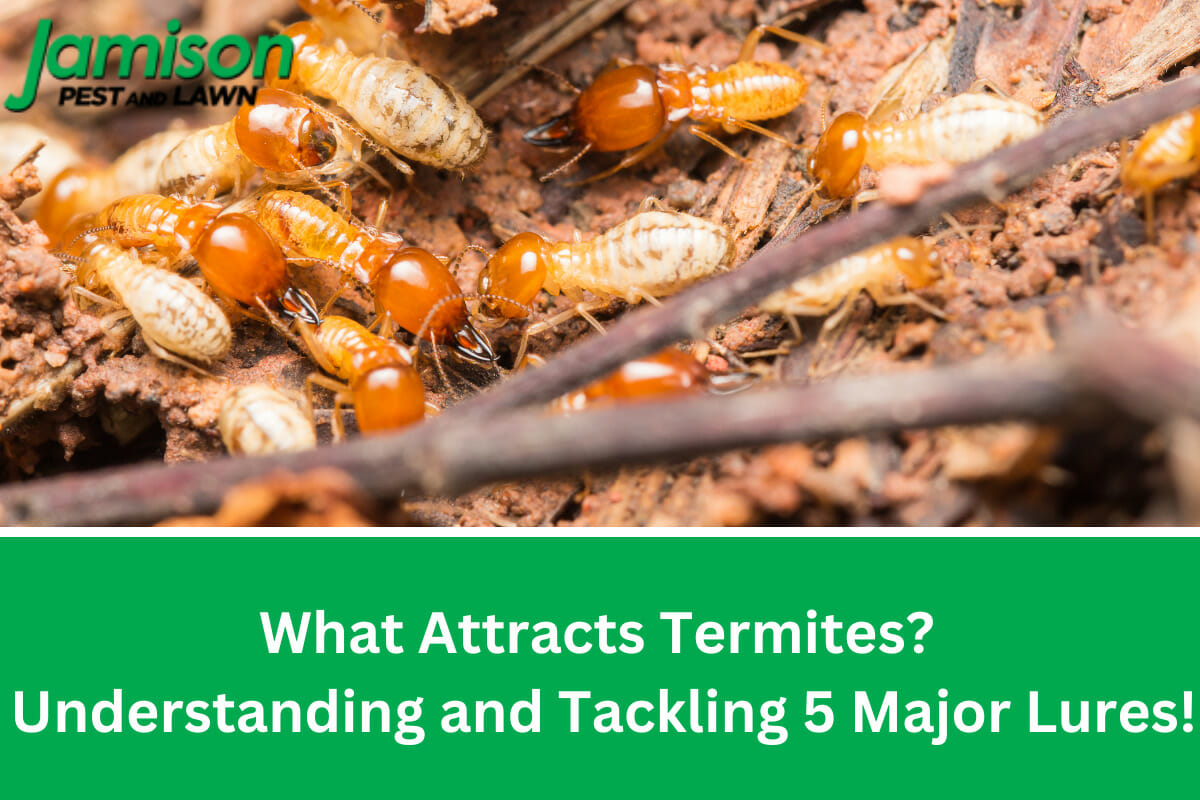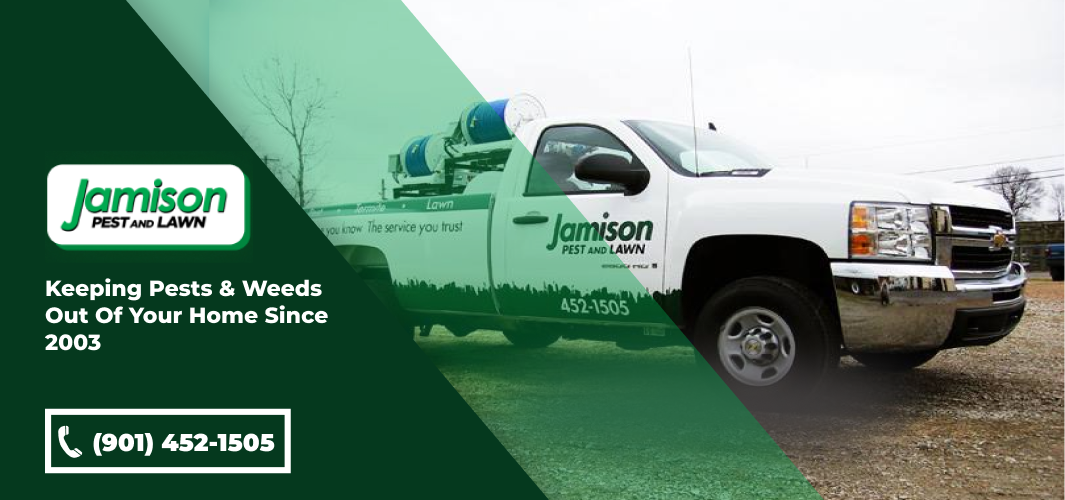Imagine waking up one day to find that your beautiful home has been infested by termites who are causing extensive damage and costly repairs. It’s a homeowner’s worst nightmare, but unfortunately, it’s a reality for many.
But did you know that there are certain things that may be making your home more attractive to these destructive pests? In this blog post, we will unveil five surprising factors that can turn your home into a termite magnet.
So let’s dive deep into the topic so you can get started protecting your home from these pesky creatures.
Why Do You Need To Know About Termites?
Termites are silent invaders that can cause severe structural damage to your home without you even realizing it. They feed on wood and other cellulose-based materials, slowly devouring the very foundation of your property. The cost of termite damage can be expensive, not to mention stressful and inconvenient. That’s why it’s crucial to take preventive measures to protect your home from termite infestations.
By understanding these factors and implementing preventive strategies, you can significantly reduce the risk of termite infestation. Let’s start by discussing what attracts termites:
#1 Moisture
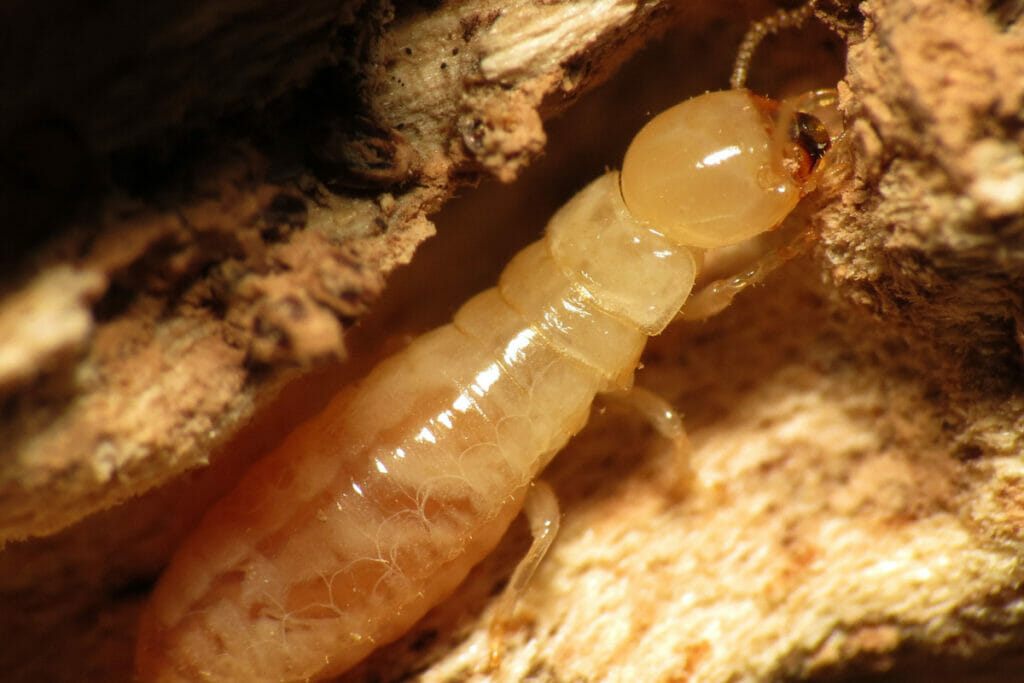
Termites are highly dependent on moisture for their survival. They require a constant source of water to thrive and reproduce. Moisture-saturated environments create an ideal habitat for termites, especially subterranean termites, which are the most common in Tennessee, as the state’s weather provides them with the necessary conditions to establish and expand their colonies. When termites infest a home, they often seek out areas with high moisture levels, making it crucial to promptly address any moisture-related damage in your home.
To effectively prevent termites it’s essential to identify and fix sources of water damage in, or on, your home. One of the most common culprits of moisture damage is the gutter system.
#2 Gutter Damage
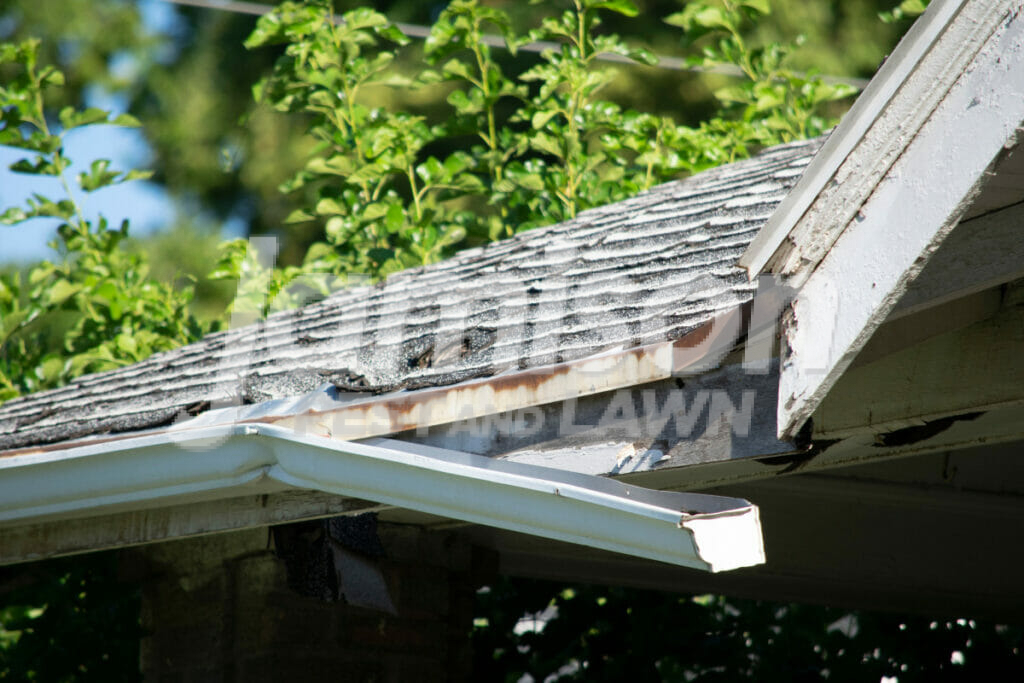
Gutters play a crucial role in protecting your home from water damage. They are an essential component that is tasked with keeping water away from your home and safely carrying it away.
But if you do not maintain your gutter system, the same gutters that are meant to protect your home will create problems. As it turns out, they also impact the risk of termite infestation. Let’s take a closer look at how gutters affect termite infestations and what you can do to prevent this.
Over time, gutters can accumulate leaves, twigs, and other debris. If you do not pay attention the debris builds up, leading to clogs. These clogs prevent proper water flow, causing water to leak down the siding of your home and collect near the foundation. The water that pools around your foundation may seep into your home while providing termites with a source of moisture, increasing the likelihood of infestation.
Gutters with cracks, holes, or points of separation can also result in water leakage, especially during heavy rainfall. This water then saturates the soil around your home, creating an attractive environment for termites to thrive.
So now you know that properly maintaining a gutter system is crucial, not only for keeping your home safe from water damage but from a termite infestation as well.
Now, let’s move on to another crucial factor that you should be aware of.
#3 Your Property’s Landscape
Landscaping and yard maintenance plays a significant role in termite prevention. The choices you make in your outdoor space can either attract or deter termites from approaching your home. This is why proper landscaping practices and regular yard maintenance are essential to minimize the risk of termite infestation.
Mulch refers to a layer of material that is spread over the surface of your soil in gardens or flower beds. Mulch is typically applied around the base of plants and often attracts termites if certain precautions are not taken. While termites do not feed on mulch itself, it can create a favorable environment for them to live in.
Some types of mulch, particularly wood-based mulch like bark or wood chips, can attract termites because they provide a source of cellulose, which is their primary food. Termites may tunnel through the mulch and eventually find their way to nearby structures, especially if you have a flower bed near the foundation of your home. In contrast, inorganic mulch like gravel or rubber, does not attract termites.
What Can You Do?
When applying mulch, avoid piling it against the exterior walls of your home. This can create concealed pathways for termites to access the home. Instead, maintain a sufficient distance between mulch and your home’s foundation in order to prevent termites from reaching your home.
Periodically inspect the mulch for signs of termite activity, such as the presence of mud tubes or discarded wings. It is also advisable to contact a professional termite expert to make sure that you’re taking the right precautions.
#4 Dead And Decayed Wood
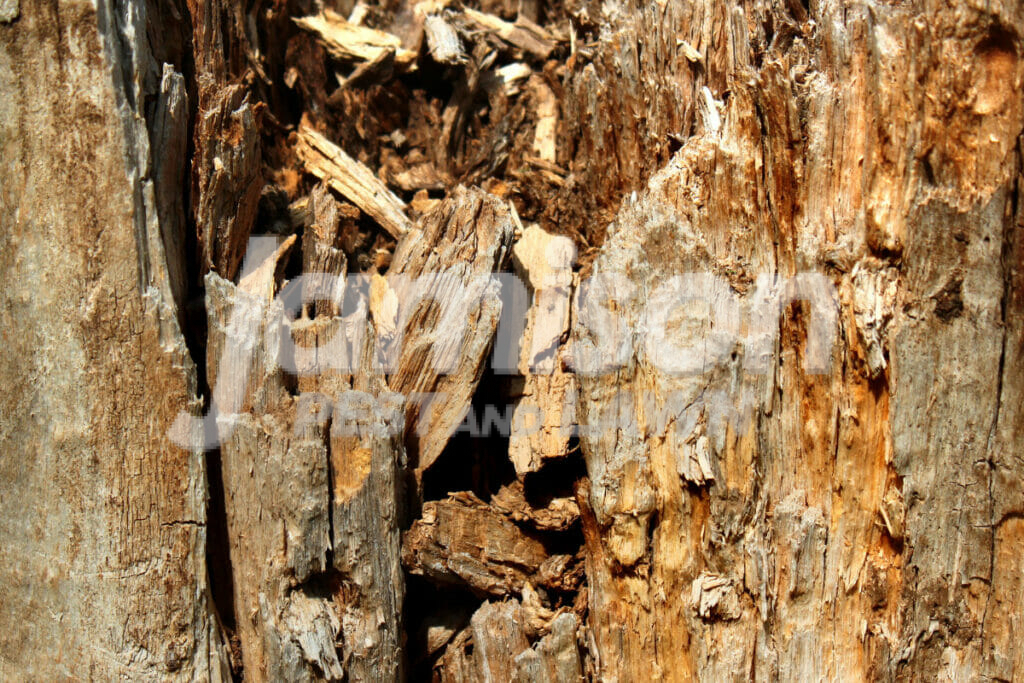
This is one of the most obvious factors. Wood is a highly attractive material for termites and can serve as a major factor in attracting them to your home.
Termites feed on cellulose, a component found in wood. They can cause significant damage to wooden structures, including furniture, flooring, and support beams. The presence of untreated or exposed wood increases the likelihood of termite infestation.
Here are the types of woods that are most vulnerable to an infestation
Termites are particularly drawn to decaying or rotting wood as it is easier for them to consume
Storing firewood near your home or leaving tree stumps in your yard can attract termites.
These provide an additional source of cellulose for termites, increasing the chances of infestation
#5 Dark And Enclosed Spaces
Termites are naturally inclined to avoid exposure to light, favoring dark and concealed environments. This is why they construct and travel through mud tubes, which provide both darkness and protection. Spaces within your home that offer such conditions could inadvertently attract termites. Therefore, ensuring that these spaces are well-lit and inspected regularly can help in termite prevention.
Dark areas around your property, such as dimly lit corners, crawl spaces, basements, and dark attics can create an attractive environment for termites.
Here are a few things you can do to avoid a termite infestation in these vulnerable areas:
- Install proper lighting fixtures in dark areas, particularly near potential termite entry points such as crawlspaces, basements, or garage areas.
- If lighting is not possible, you can install UV lamps, as these can keep termites away
- Dark areas often tend to accumulate clutter, providing hiding spots for termites. Declutter these spaces and keep them clean and well-organized.
Protect Your Home From Termite Damage
If you suspect that you have a termite problem, it’s important to act quickly to minimize the potential damage they may cause. All you need to do is get in touch with the experts at Jamison Pest and Lawn. We have years of experience and offer the best termite prevention and control services in Memphis.
A professional pest control company like ours can help identify the source of an infestation and recommend appropriate treatment options. By addressing the problem early and taking steps to prevent future infestations, you can help protect your home or building from termite damage and maintain its structural integrity for years to come.
Contact us today at (901) 452-1505 to get in touch with our experts and schedule a consultation with our team.



